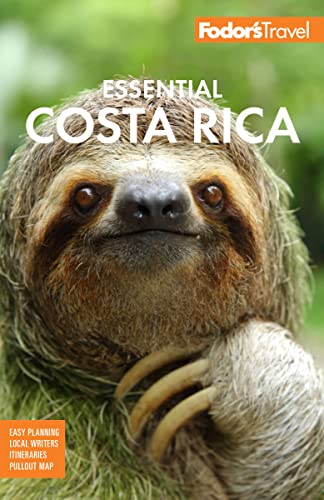Some compare these dense layers of green set off by brilliantly colored flowers—a vision doubled by the jungle's reflection in mirror-smooth canals—to the Amazon. That's stretching it, but there's still an “Indiana Jones” mystique to the journey up here, especially when you get off the main canals and into the narrower lagoons. The region remains one of those Costa Rican anomalies: roadless and remote, it's nevertheless one of the country's most visited places. The tourism seasons here are defined not by the rains or lack thereof (with 200 inches of rain annually, Tortuguero is wet most of the year) but by the months of prime turtle hatching.
The stretch of beach between the Colorado and Matina rivers was first mentioned as a nesting ground for sea turtles in a 1592 Dutch chronicle. Nearly a century earlier, Christopher Columbus compared traversing the north Caribbean coast and its swimming turtles to navigating through rocks. Because the area is so isolated—there's no road here to this day—the turtles nested undisturbed for centuries. By the mid-1900s, however, the harvesting of eggs and poaching of turtles had reached such a level that these creatures faced extinction. In 1963 an executive decree regulated the hunting of turtles and the gathering of eggs, and in 1970 the government established Tortuguero National Park; modern Tortuguero bases its economy on tourism. When the 2020 COVID-19 pandemic hit Tortuguero, the lack of tourism revenue hampered its ability to fund turtle-conservation efforts. Without that added vigilance that the community is famous for, egg poaching increased once again. Tourism dollars continues to help restore the equilibrium.
A system of canals running parallel to the shoreline provide safer access to the region than the dangerous journey up the seacoast. You can continue up the canals (natural and man-made) that begin in Moín, near Limón, and run all the way to Tortuguero. Or you can embark at various points north of Guápiles and Siquirres, as do public transportation and most of the package tours. (The lodges' minivans bring you from San José to the put-in point, where you continue your journey by boat.)
Just north of the national park of the same name, the hamlet of Tortuguero is a pleasant little place with 600 inhabitants, two churches, three bars, a handful of souvenir shops, and a small selection of inexpensive lodgings. And one more plus: there are no motor vehicles here, a refreshing change from the traffic woes that plague the rest of Costa Rica. You can also take a stroll on the 32-km (20-mile) beach, but avoid swimming here because of strong riptides and large numbers of bull sharks and barracuda.




